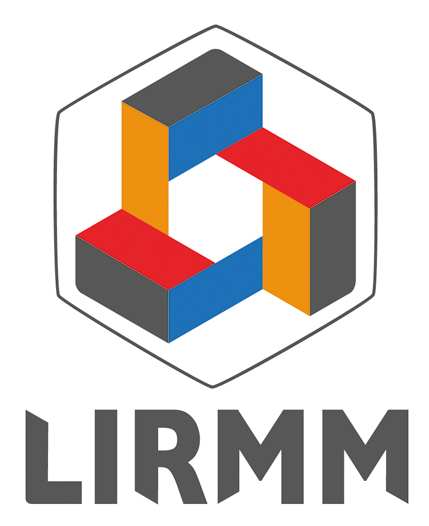Towards bridging the gap between domain and application design
Résumé
The traceability among different abstraction levels in
a software development process is still an unsolved problem. Our
present goal is to reduce the gap between the high level abstract
software product line (SPL) reference architecture (RA) and the
concrete application design, by defining first traceability links
between the RA components and the technological assets used by
the enterprise requiring the SPL, and then study the architectural
components interfaces by adapting the Domain Realization phase
guidelines; they are proposed by Böckle, Pohl, and van der Linden
(2005), and by the ISO/IEC 26550 (2015) reference model for SPL
engineering. This preliminary work establishes links between the
RA and an external configuration system to facilitate the
compliance with laws, which has been found as a major problem
while configuring Human Resources (HR) systems. Our approach
is illustrated with an industrial case study, the Vacation Request
subsystem of the SEDIT HR system of the Berger-Levrault
enterprise, widely used in French and foreign communities.
| Origine | Fichiers produits par l'(les) auteur(s) |
|---|
